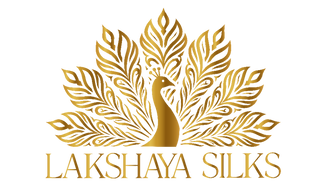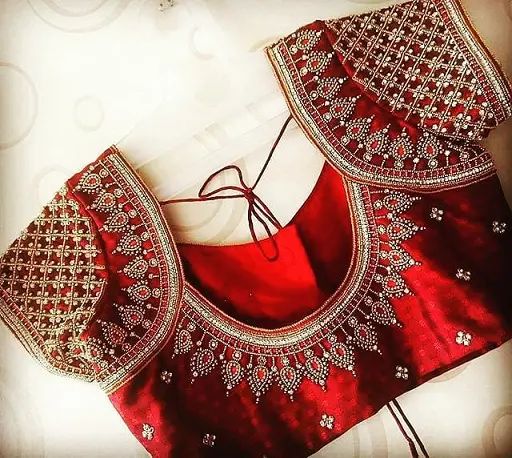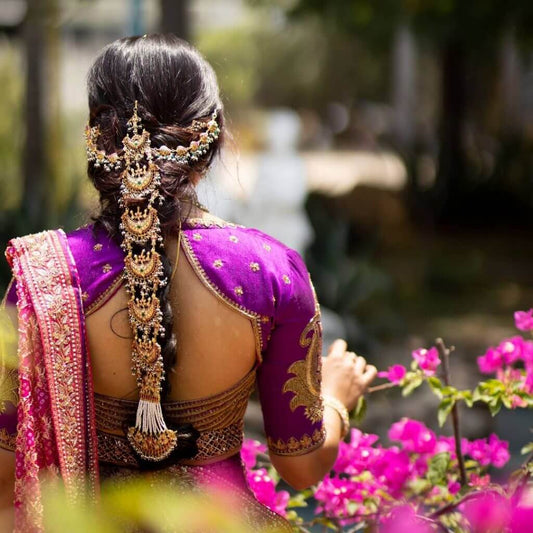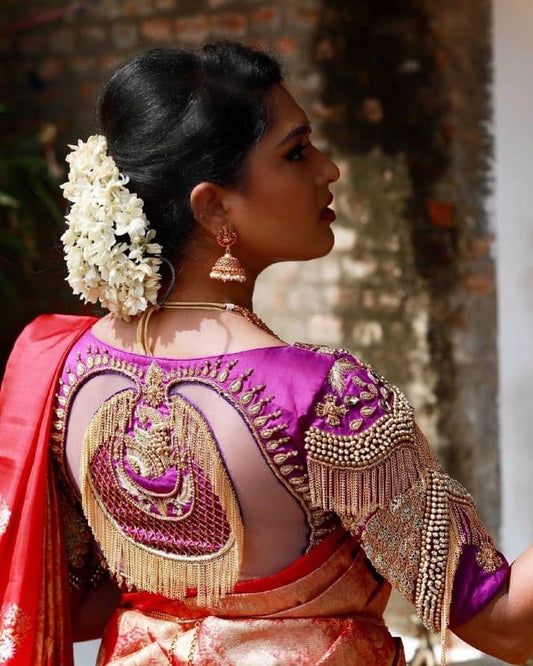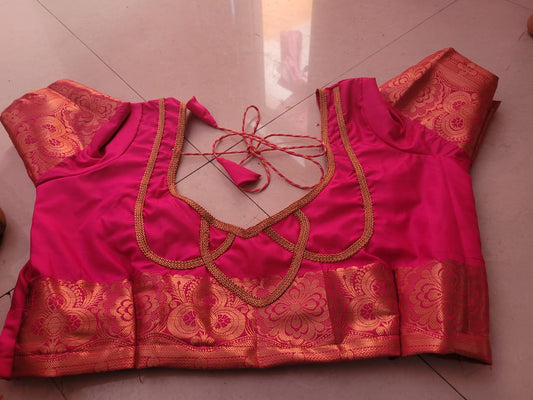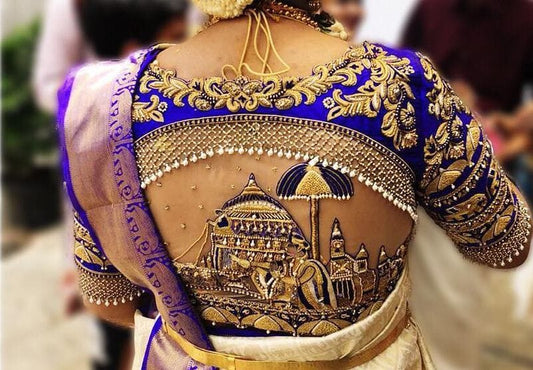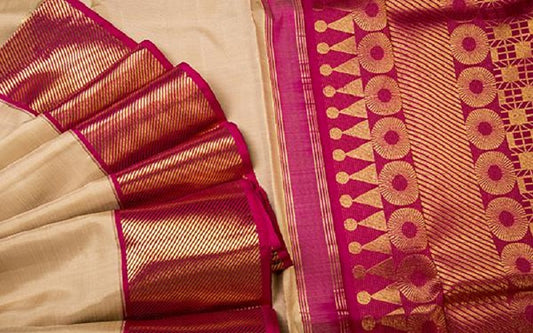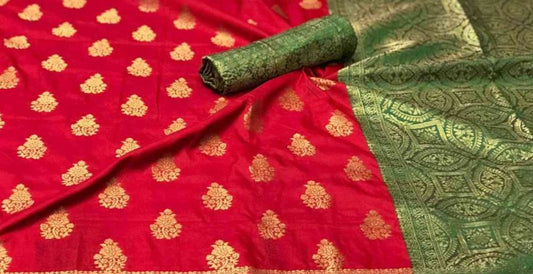The intricate weave of the Kanchipuram sarees is not the only thing that has made this attire popular. Its motifs and prints are an integral part of the saree’s identity. These designs are not just for decorative purposes, but they have a powerful connection to Indian mythology and folklore. Hence, motifs on these sarees serve two purposes—design and symbolism. This blog will highlight some of the traditional motifs in Kanjivaram sarees.
The rich history of motifs
Generally, motifs serve as a symbol to ward off evil or bring in the sense of auspiciousness to an event. However, if someone were to look closely at the motifs in the Kanchipuram sarees, history will unfold spectacularly. Sources beyond the context of textiles inspire such motifs.
A person is likely to see the motifs on the bridal sarees recur in other art forms such as temple architecture, paintings, and sculptures. Their roots even go deep within Tamil literature. These motifs are very grounded in mythology and culture.
Types of traditional motifs in Kanjivaram Sarees
Any Kanchipuram saree would have one of these traditional motifs. The weavers integrated these into the design for an aesthetic appeal. They depict motifs such as Hamsa (Swan), Purna Kumbha (the Vase of Plenty), Simha (Lion), Kalpa Vruksha (the Tree of Life), and so on. Most of these motifs have been around for more than 2000 years.

Apart from mythology, the motifs are also inspired by temple designs and the flora and fauna of the local region. Since Kanchipuram is popular as the land of thousand temples, it gave birth to the temple motifs. It is a line of large triangles weaved on the borders of the saree. Therefore, the motifs also allude to various local cultures and heritage.
With the context set, let us now explore some of the popular motifs in Kanjivaram Sarees:
1 - Iruthalai Pakshi (Two-headed eagles)

This motif is found across various dynasties spanning centuries. It is regarded as a symbol of victory.
2 - Mayil (Peacock)

Peacock is a symbol of royalty and elegance. But that is not the only reason why this symbol found its way into sarees. A 12th-century text compares the beauty of Kanchipuram city to that of a peacock. This association inspired the weavers to create the motif that is now popular as the Mayil Chakram.
3 - Yaali

Yaali is prevalent across many temple sculptures and saree designs. It is a mythical creature having the features of a lion, horse, and elephant fused as one composite animal. This motif is considered to be more powerful than the elephant or the lion. You can shop for Yaali printed silk sarees online from Lakshaya Silk Sarees.
4 - Maan (Deer)

Deer are a symbol of non-violence and innocence. This motif increases the elegance of the Kanchipuram saree by giving a soothing vibe to those who look at it.
5 - Yaanai (Elephant)

This motif is often associated with the Goddess of Wealth, Lakshmi and it also symbolizes royalty. The pallu of the saree is decorated with rows of elephants that add brilliance to the overall look of the Kanchipuram sarees.
Lakshaya Silk Sarees is the best place where you can shop for wedding silk sarees below 10000. We have a wide variety of collections adorned with popular motifs.

